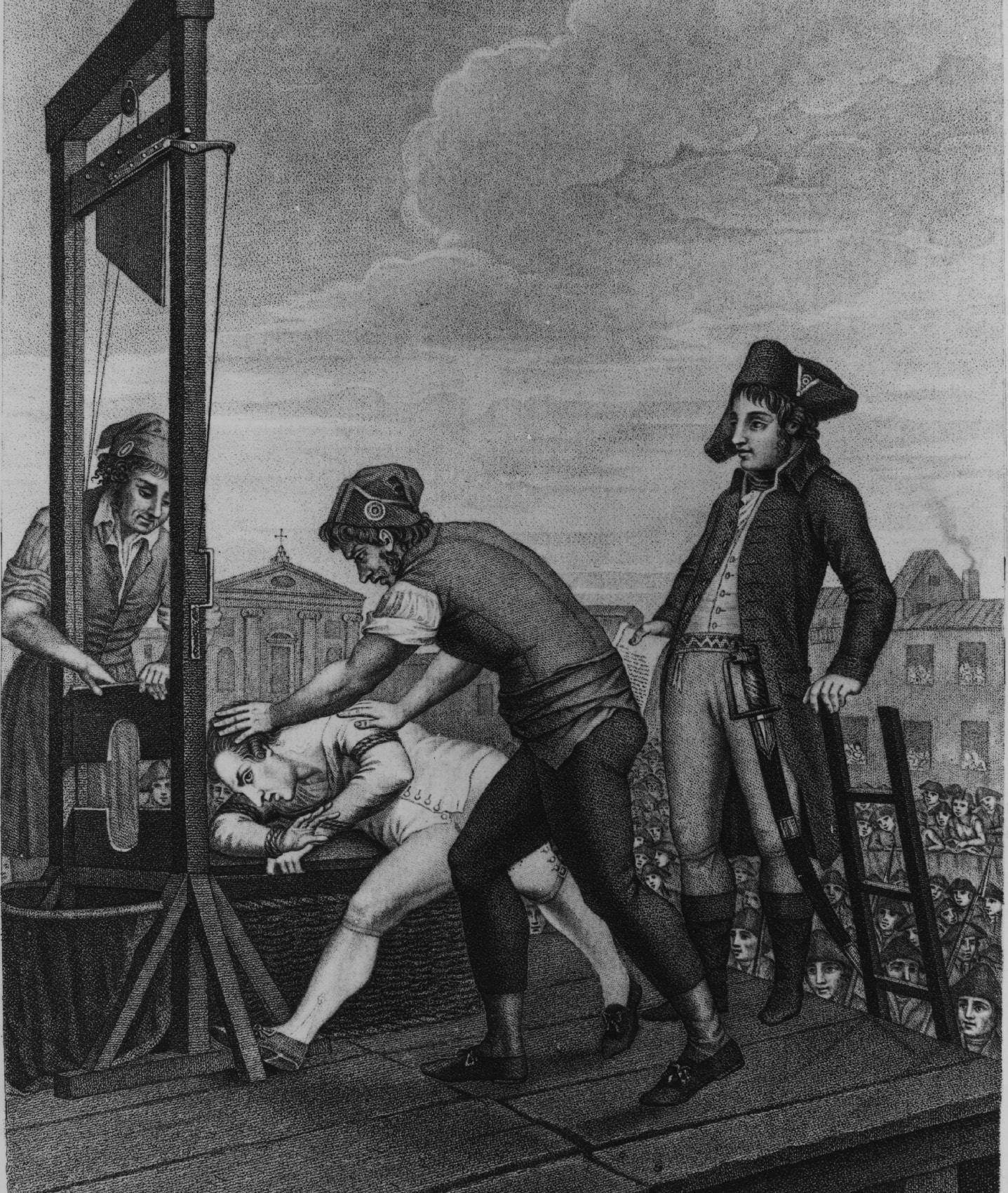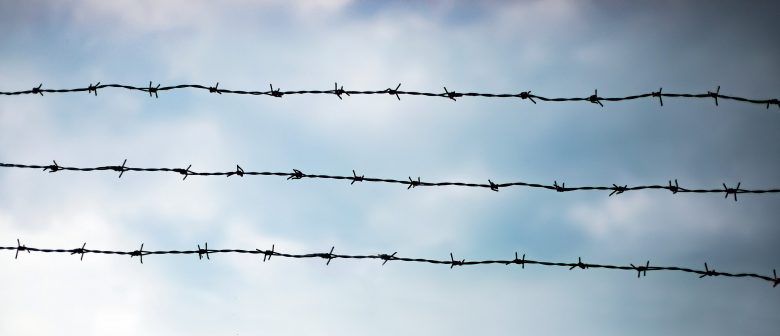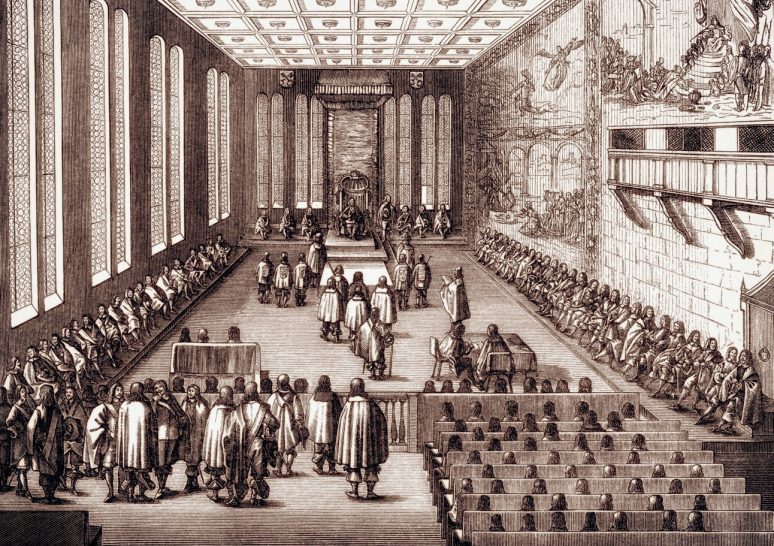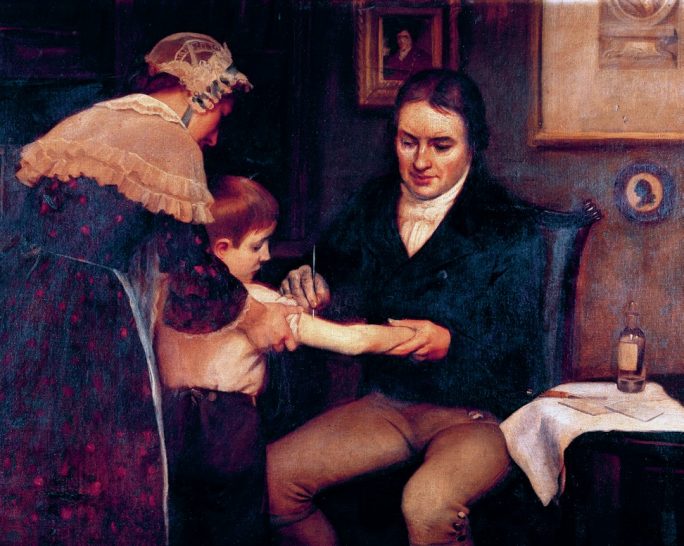
For centuries, executions were conducted as public spectacles. They were supposed to serve as a deterrent, striking terror into those who watched. Some executions involved hours of grisly torture.
Ideas about punishment changed dramatically during the Enlightenment. A shift in sensibilities was noticeable in the wake of the public execution of Robert-François Damiens. Damiens had attempted to assassinate Louis XV in early January 1757, but the king’s thick layer of several coats had prevented the knife from doing fatal damage. The execution, which lasted for hours and included multiple forms of torture, perturbed many elite witnesses, who were also disturbed by the thrills that the popular classes seemed to derive from it. Such punishment began to appear barbaric and ineffective as a deterrent.
Your organisation does not have access to this article.
Sign up today to give your students the edge they need to achieve their best grades with subject expertise
Subscribe




